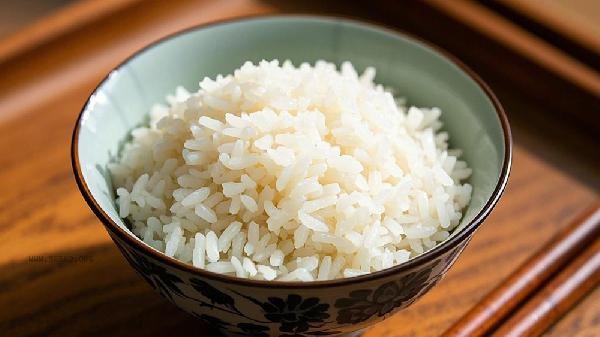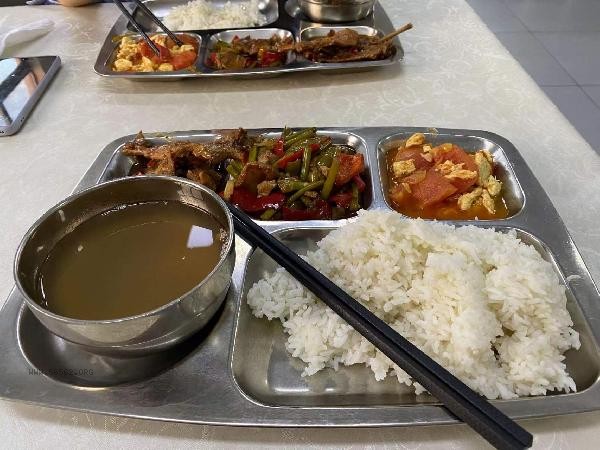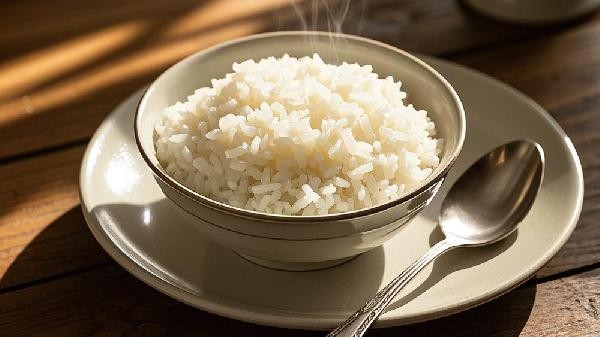The key to reducing sugar content when cooking rice lies in controlling starch conversion and optimizing cooking methods, mainly including selecting low glycemic index rice varieties, adjusting the rice water ratio, shortening soaking time, using refrigeration treatment, and pairing high fiber ingredients.

1. Low sugar rice varieties
Whole grain rice such as brown rice and black rice retain bran and germ, with high dietary fiber content, which can delay the rate of starch decomposition into glucose. Compared with polished white rice, this type of rice has a higher proportion of resistant starch and a lower glycemic index after cooking. Sprouted brown rice undergoes germination treatment, where some starch is converted into oligosaccharides, further reducing absorbable sugars.
2. Rice water ratio
Using a rice water ratio of 1:1.2 can reduce the degree of gelatinization and make the rice texture harder. Excessive moisture can cause starch granules to fully expand, increasing the digestible starch content. Using the draining steaming method, boil the rice and filter out excess rice soup, which can remove some free starch and reduce the sugar content of the final product.
3. Shorten soaking
Early soaking of rice can accelerate starch dissolution, and it is recommended to control the soaking time within 15 minutes. Quick rinsing with cold water can remove surface starch, but avoid repeated scrubbing that can cause nutrient loss. For miscellaneous grains that need to be soaked, short-term soaking in warm water can be used instead of long-term soaking in cold water.

4. Refrigeration Treatment
After cooking cooked rice and refrigerating for 12 hours, some digestible starch will be converted into resistant starch. When reheating, the temperature should not exceed 60 degrees to preserve the resistant starch structure. This method can reduce the blood sugar load of rice, but it should be noted that prolonged refrigeration may cause the taste to become harder.
5. High fiber pairing
When cooking, adding ingredients rich in dietary fiber such as oat bran and chia seeds can wrap starch molecules and delay digestion. Cook with vegetables such as broccoli and mushrooms to increase food volume while reducing overall glycemic index. Seasoning with apple cider vinegar or lemon juice can inhibit amylase activity in acidic environments.

In addition to cooking methods, people with diabetes or those with sugar control should pay attention to controlling the consumption of rice within 100g per time, and give priority to secondary processing methods such as cold dressing or stir frying. It is recommended to consume high-quality protein and healthy fats together, such as fish, nuts, etc., to further stabilize postprandial blood sugar through a balanced diet structure. It is more important to regularly monitor changes in blood sugar levels and adjust the types of staple foods and cooking methods based on individual reactions.








Comments (0)
Leave a Comment
No comments yet
Be the first to share your thoughts!